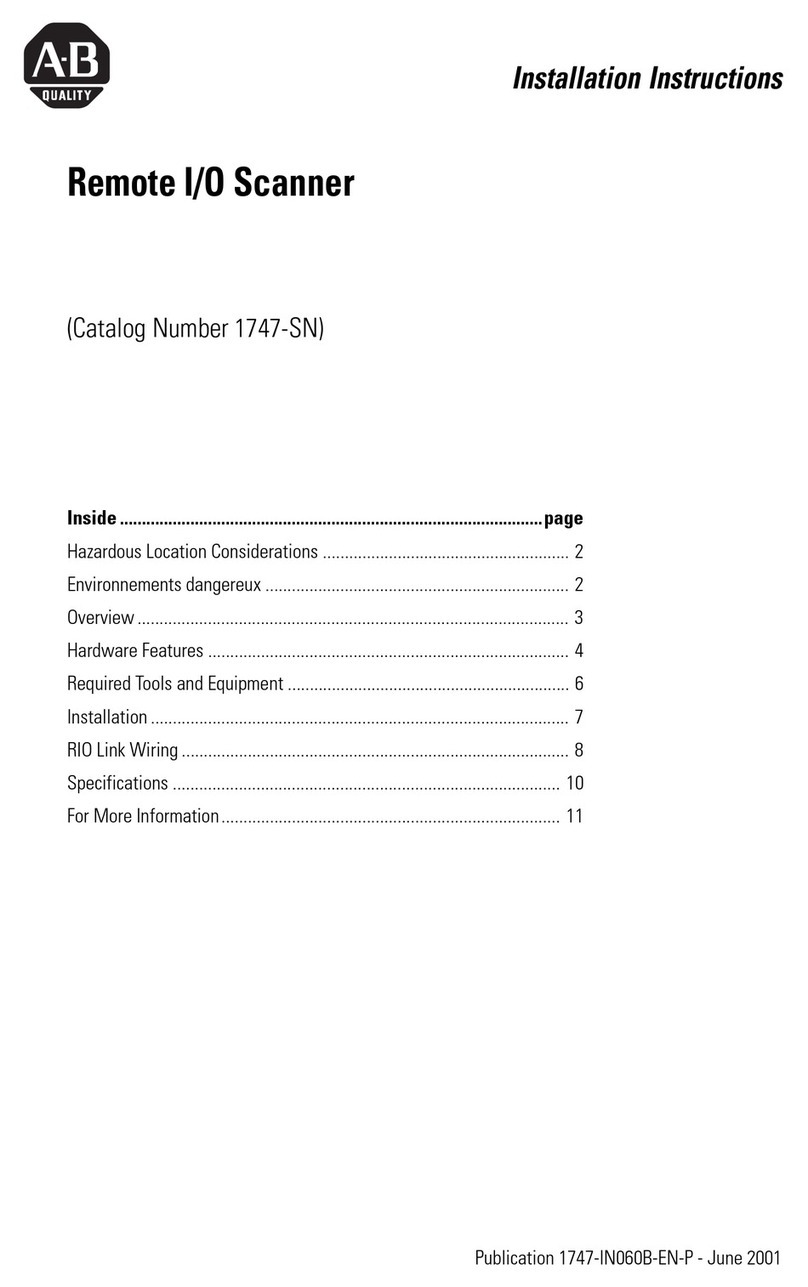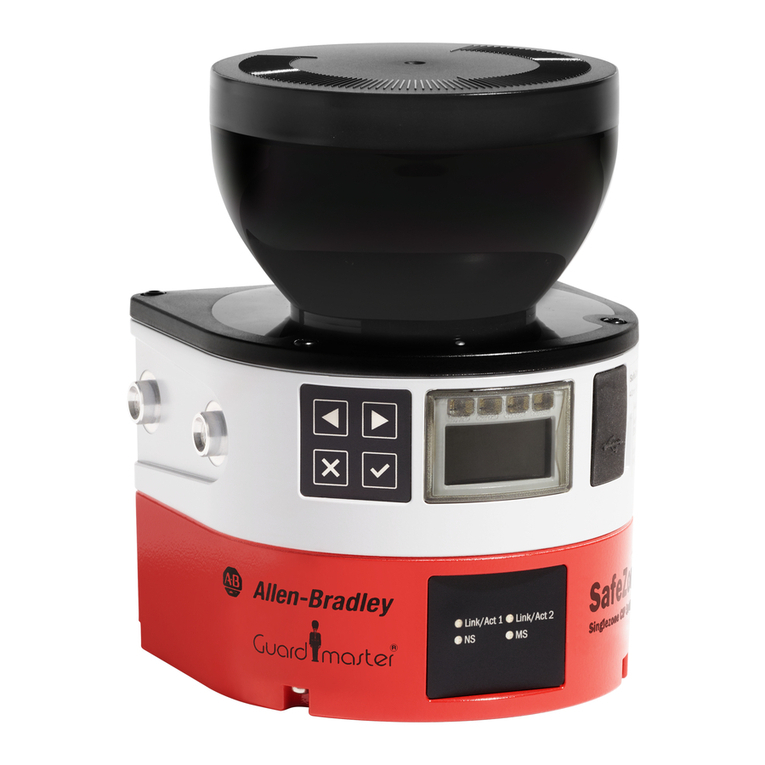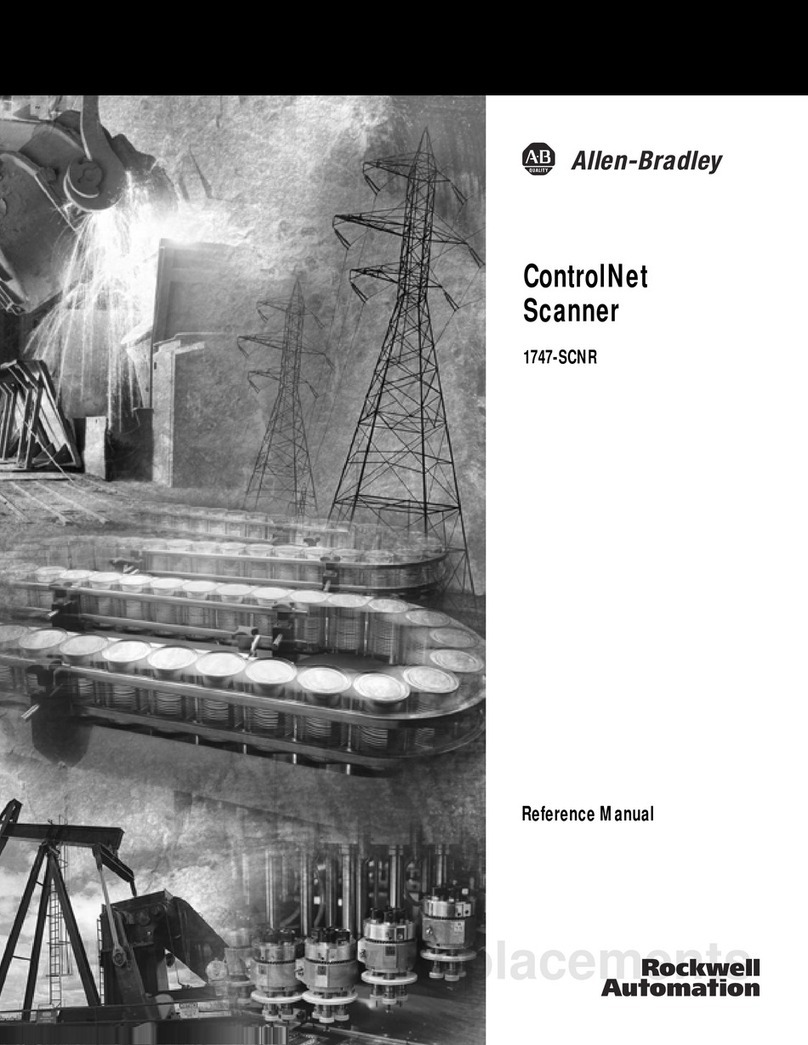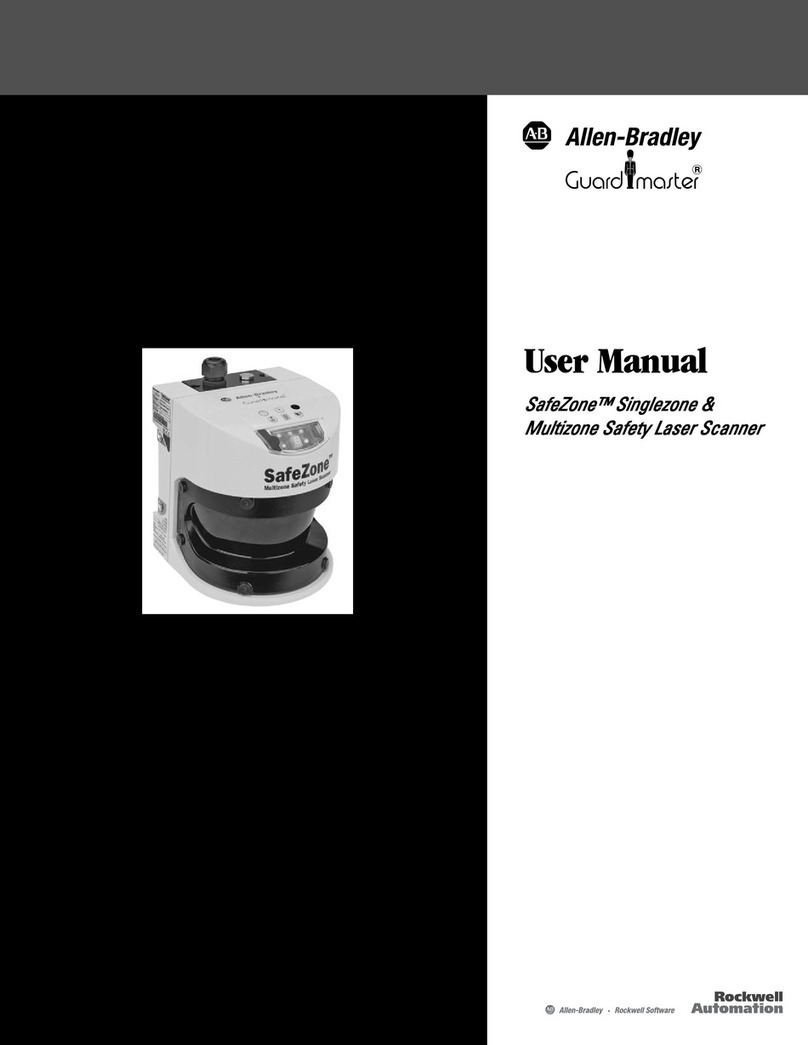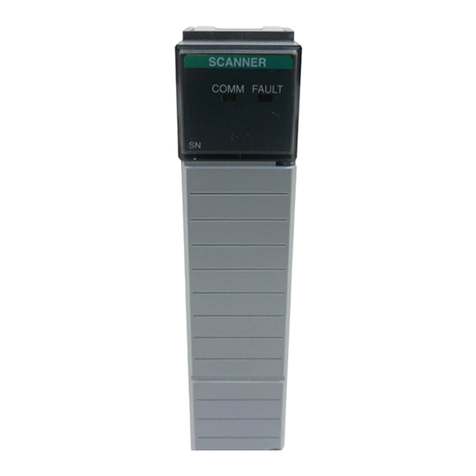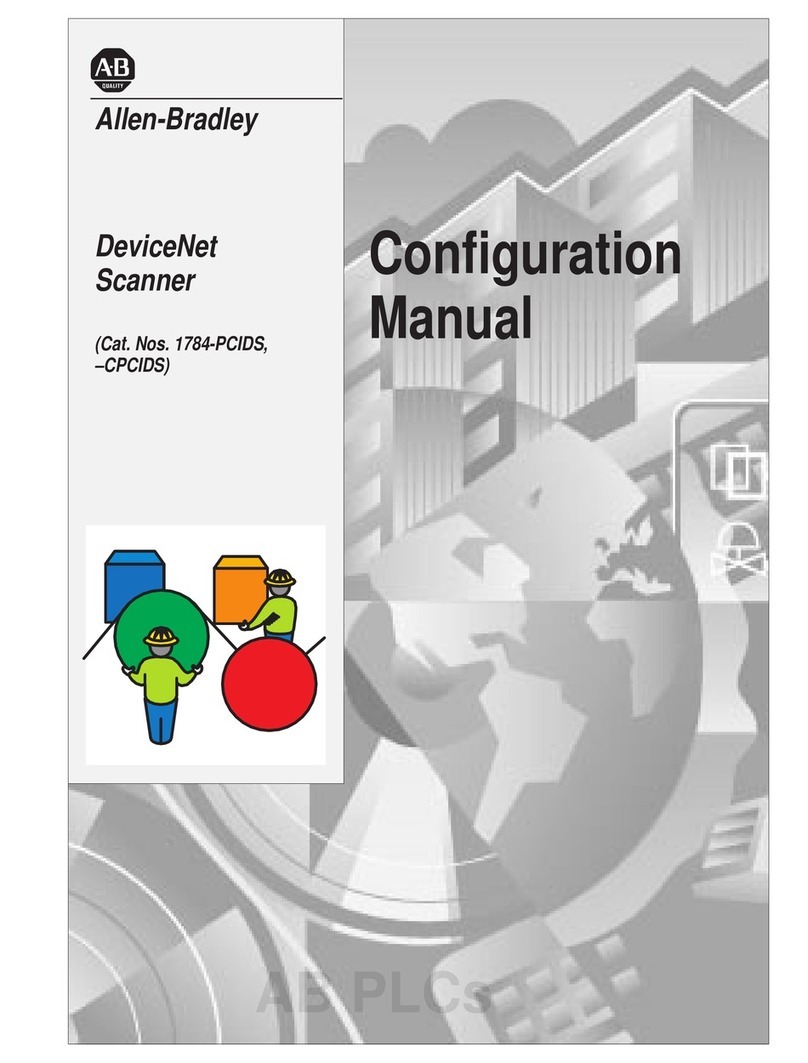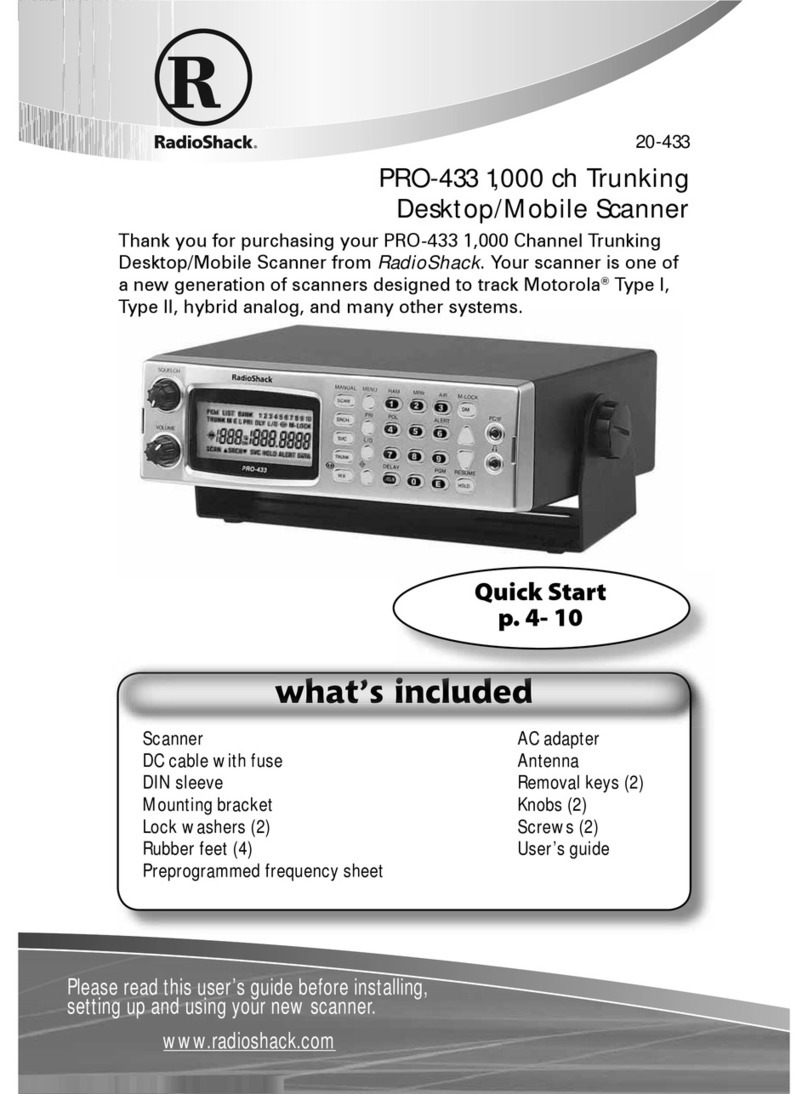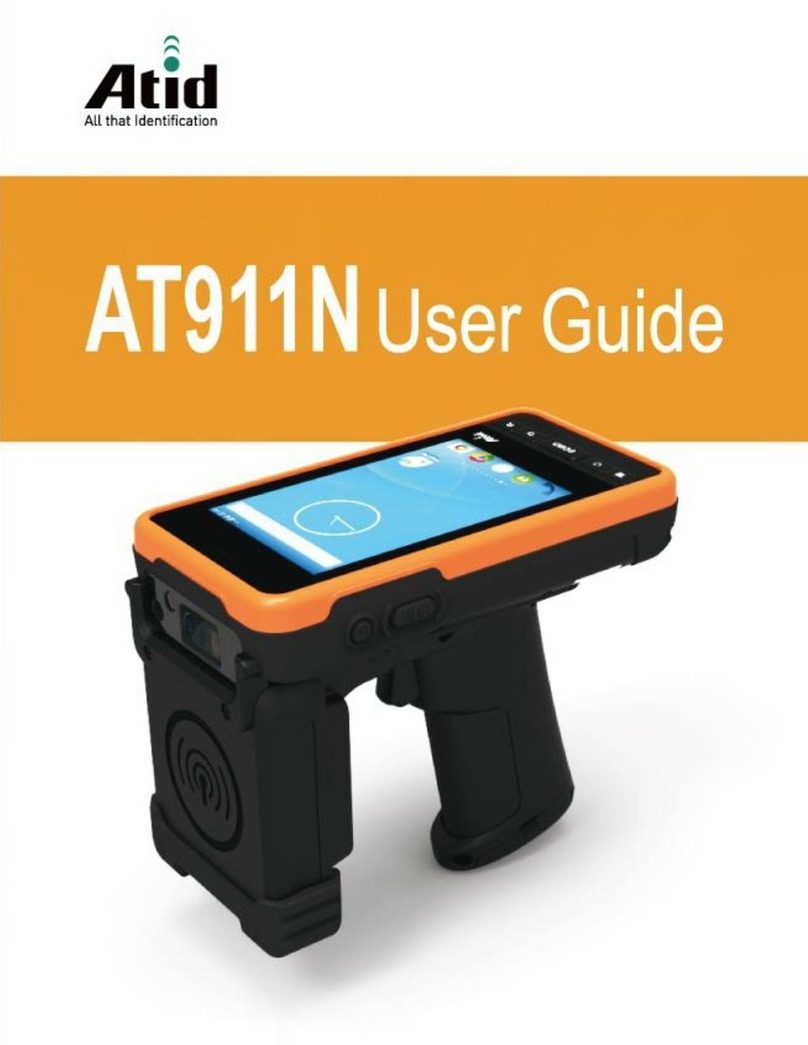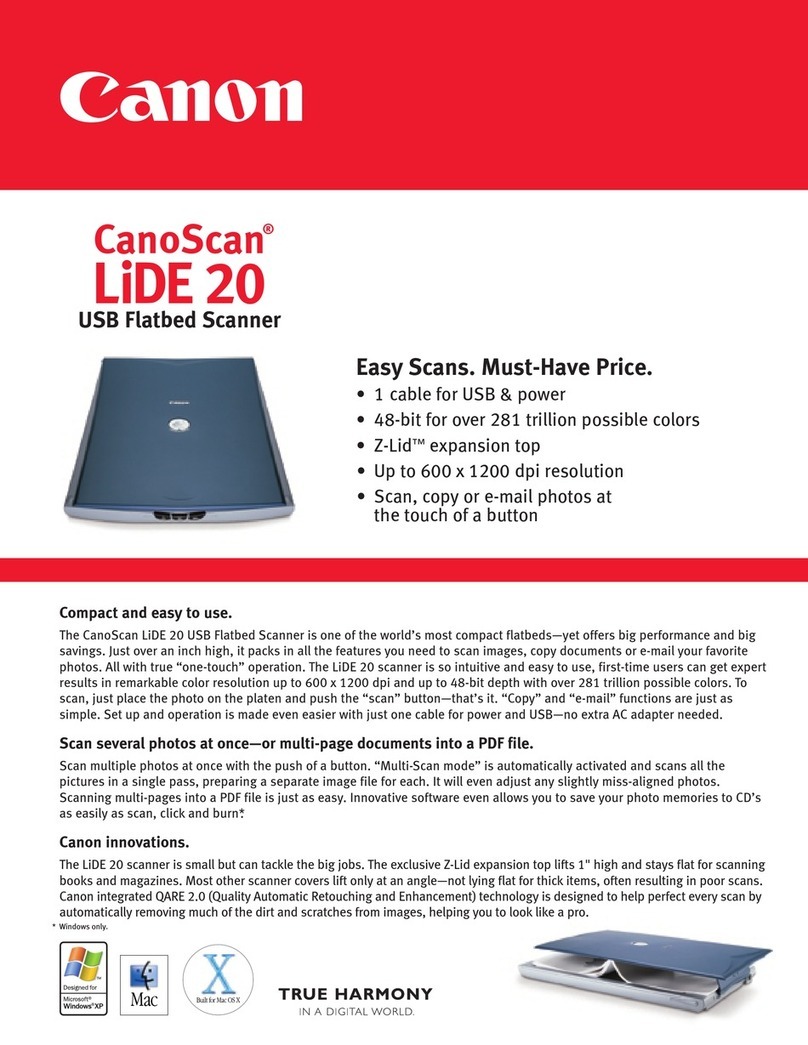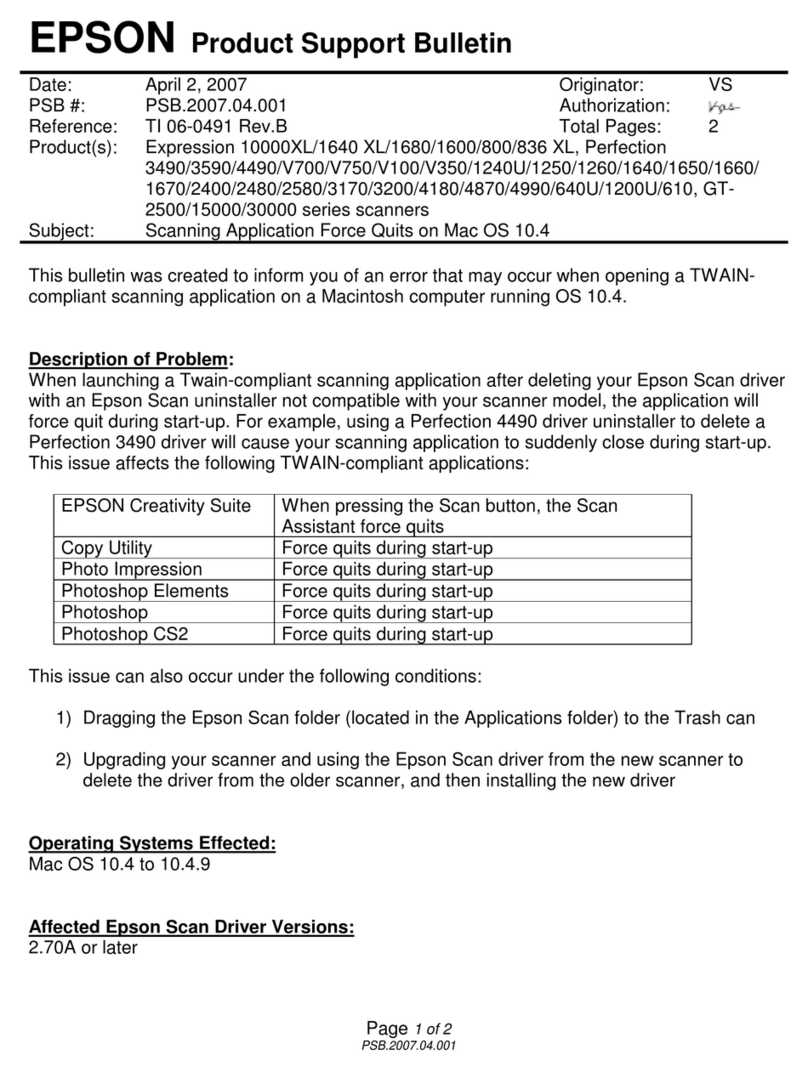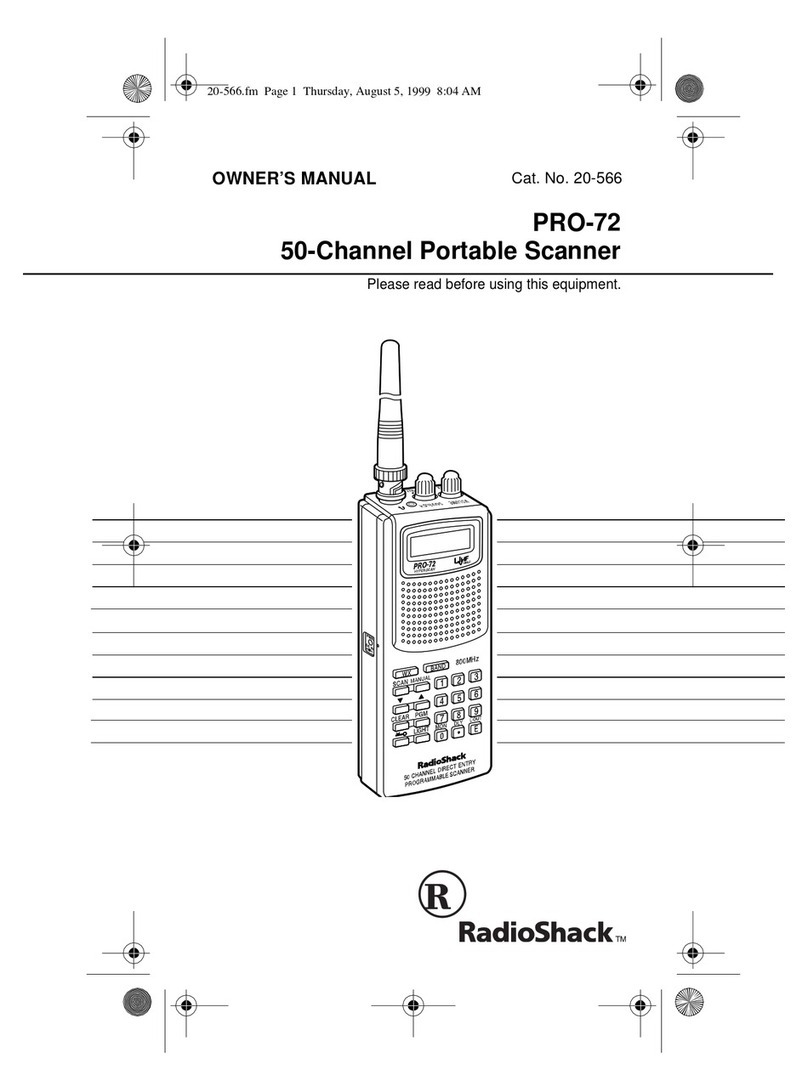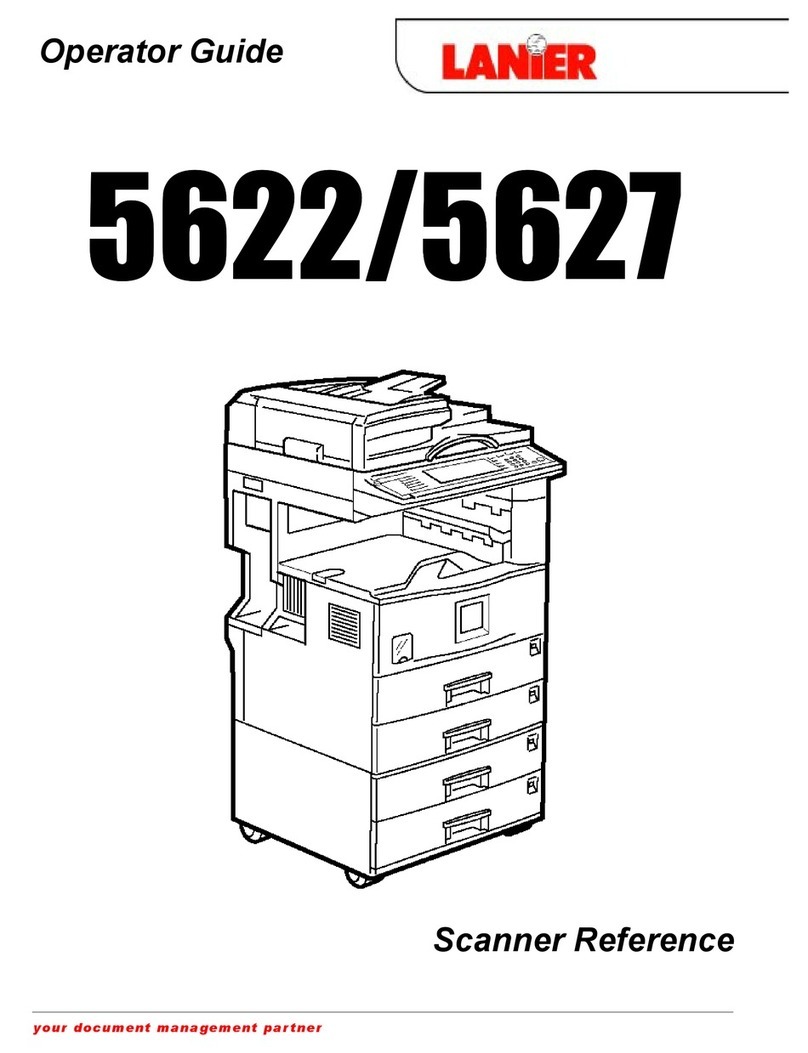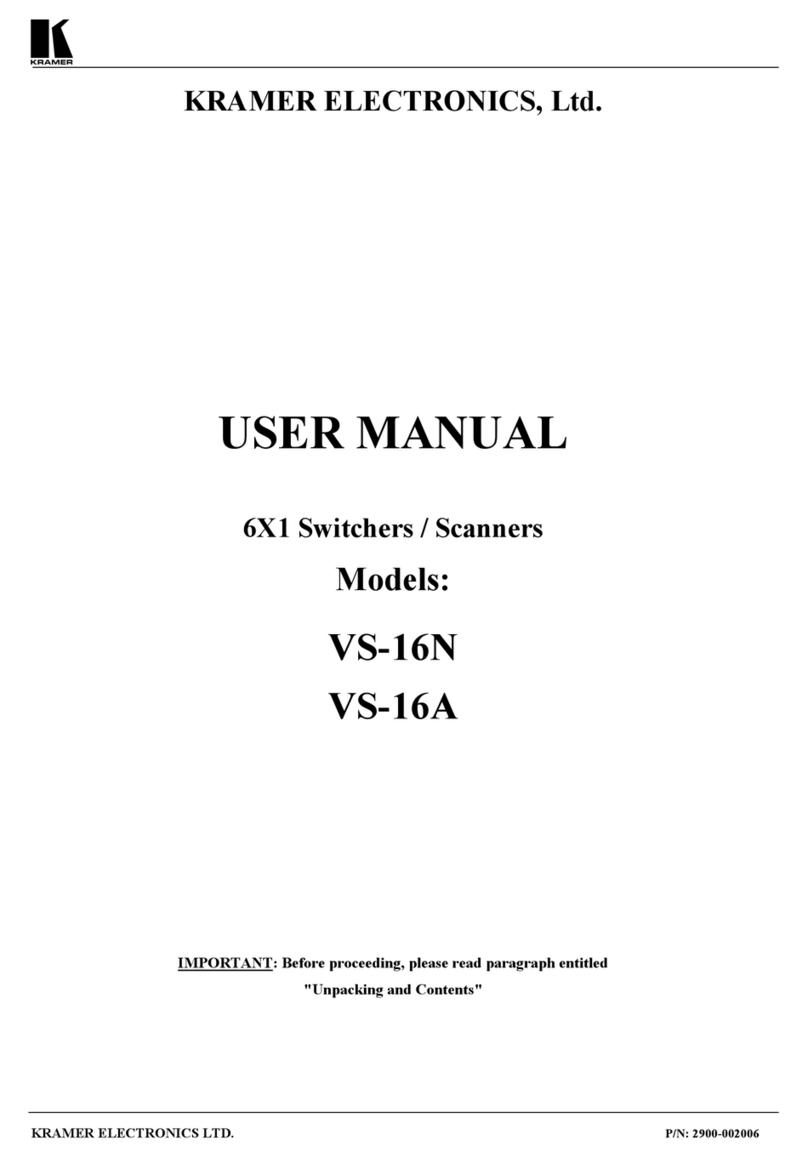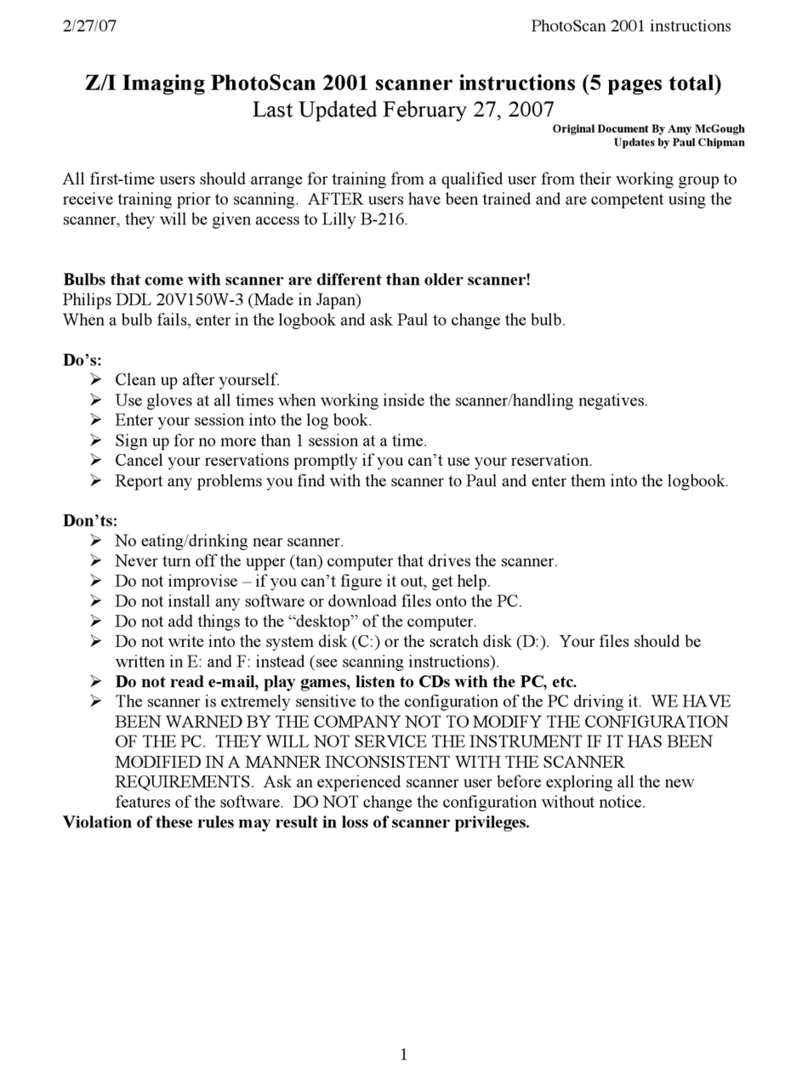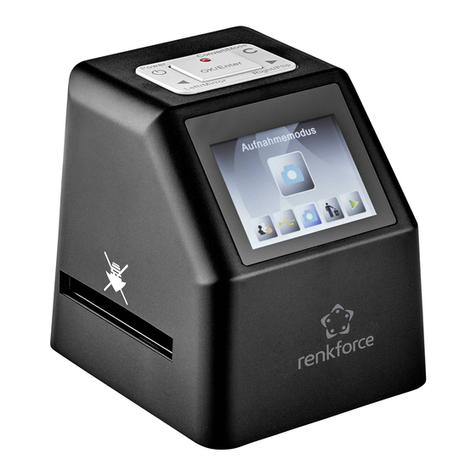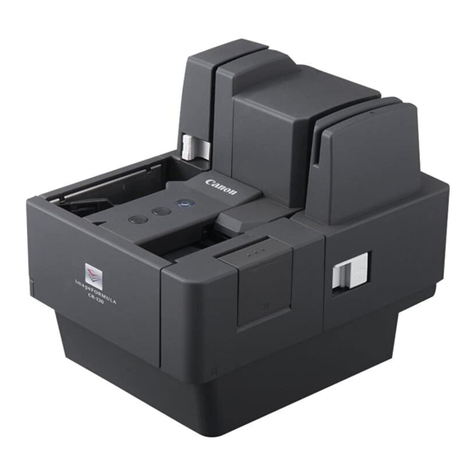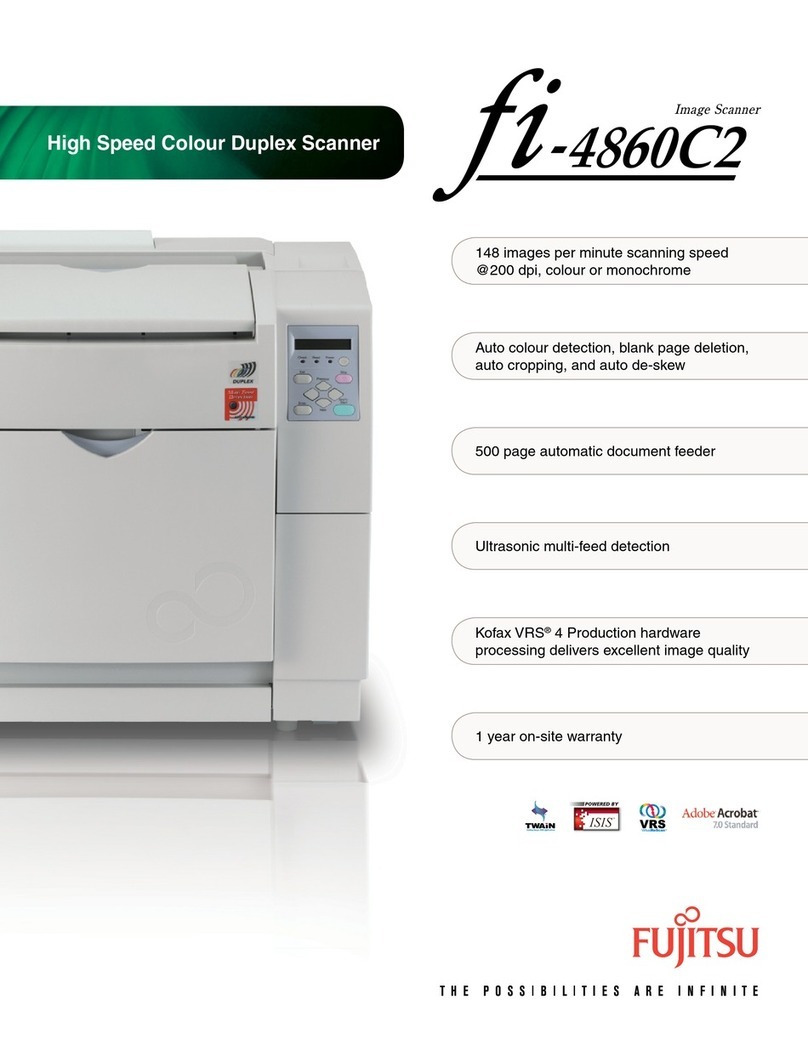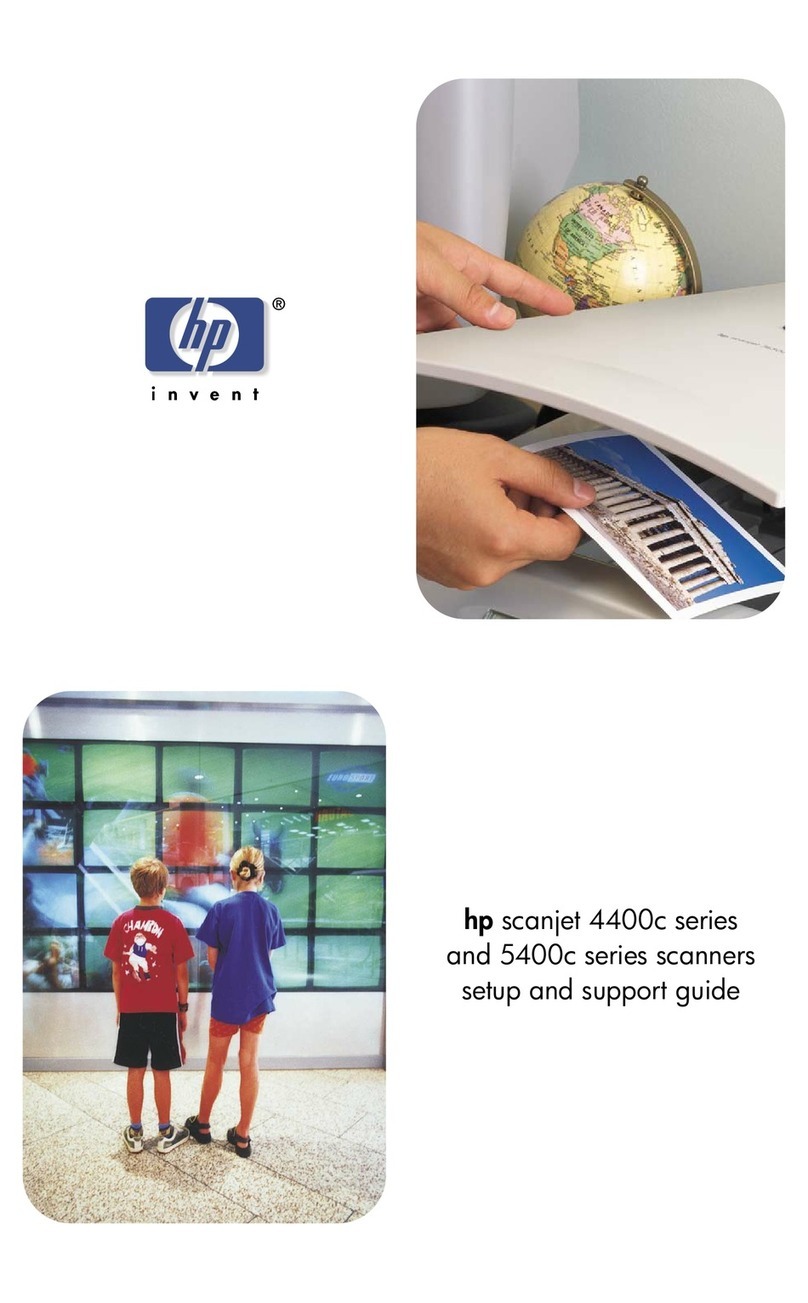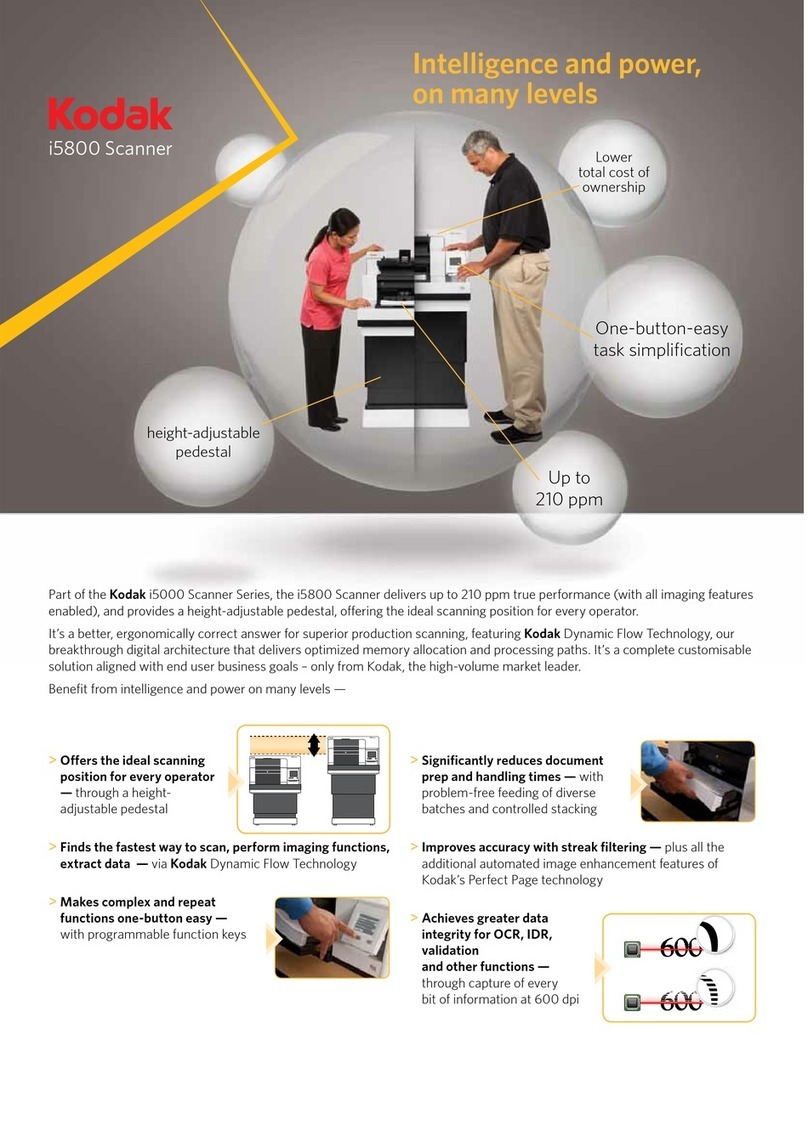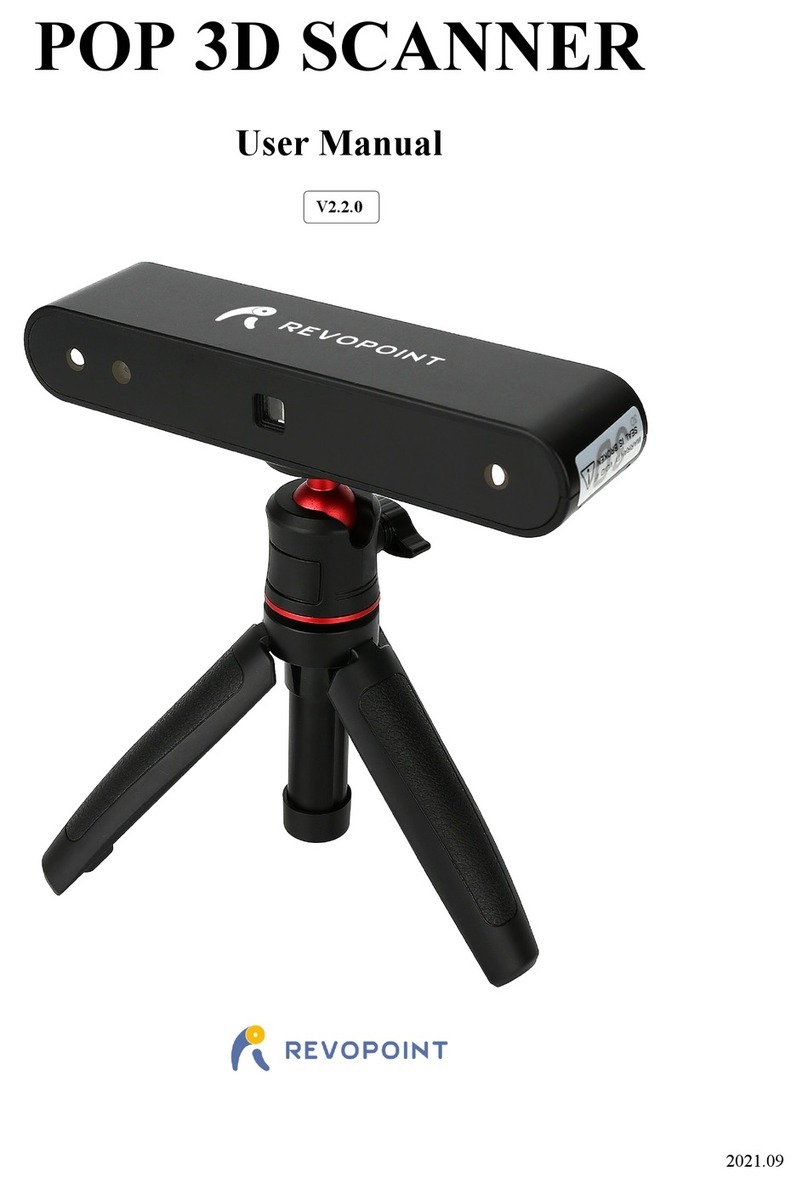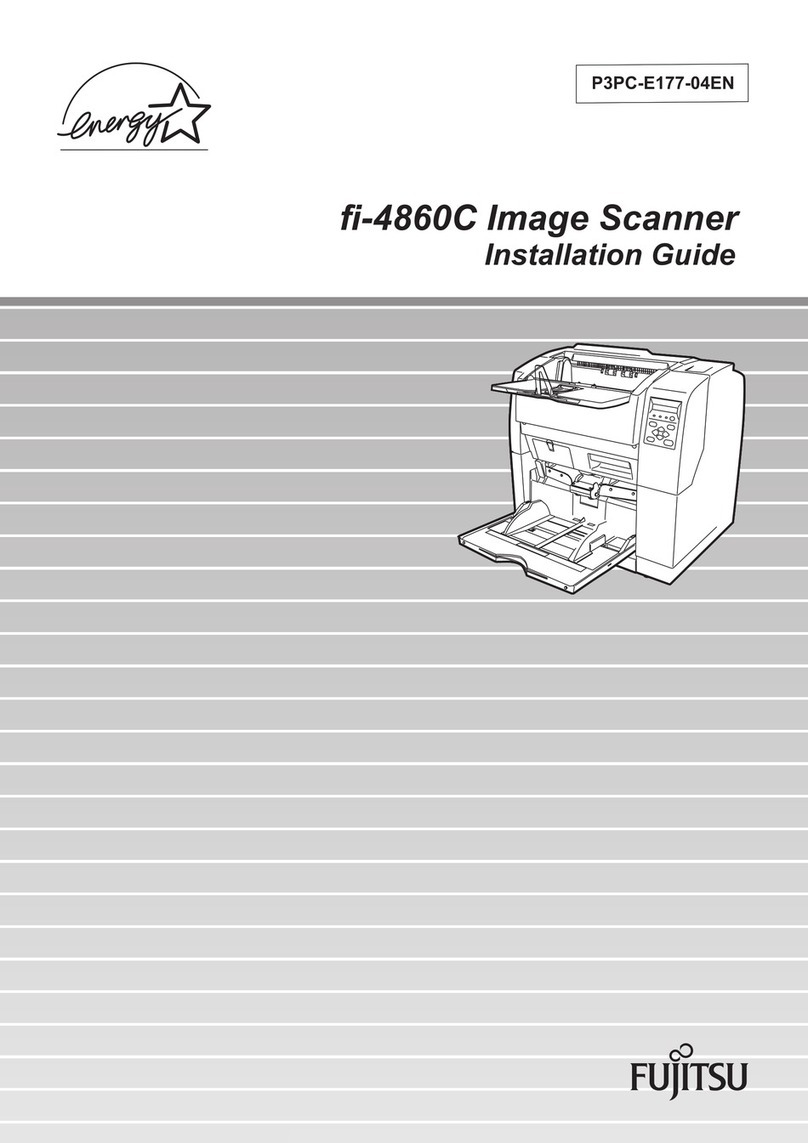
Table of Contentsii
Issuing Scanner Management Commands 41. . . . . . . . . . . . .
Chapter Preview 41. . . . . . . . . . . . . . . . . . . . . . . . . . . . . . . . . . . .
Basic Command and Confirmation Structures 41. . . . . . . . . . . . . . . .
Host Commands 42. . . . . . . . . . . . . . . . . . . . . . . . . . . . . . . . . . . .
What's
Next
412. . . . . . . . . . . . . . . . . . . . . . . . . . . . . . . . . . . . . . . .
Issuing Blocktransfer Commands 51. . . . . . . . . . . . . . . . . . .
Chapter Preview 51. . . . . . . . . . . . . . . . . . . . . . . . . . . . . . . . . . . .
How Block Transfer Works 51. . . . . . . . . . . . . . . . . . . . . . . . . . . . .
Adapter Decide Length (ADL) 52. . . . . . . . . . . . . . . . . . . . . . . . . . .
Host BT Write 52. . . . . . . . . . . . . . . . . . . . . . . . . . . . . . . . . . . . . .
Host BT Read 56. . . . . . . . . . . . . . . . . . . . . . . . . . . . . . . . . . . . . .
Time
to Completion
59. . . . . . . . . . . . . . . . . . . . . . . . . . . . . . . . . .
Unsolicited Block Transfer 510. . . . . . . . . . . . . . . . . . . . . . . . . . . . .
What's
Next
510. . . . . . . . . . . . . . . . . . . . . . . . . . . . . . . . . . . . . . . .
Reporting KTx Scanner Status 61. . . . . . . . . . . . . . . . . . . . . .
Chapter Preview 61. . . . . . . . . . . . . . . . . . . . . . . . . . . . . . . . . . . .
Operating Status Word 62. . . . . . . . . . . . . . . . . . . . . . . . . . . . . . . .
Adapter
Status T
able 63. . . . . . . . . . . . . . . . . . . . . . . . . . . . . . . . .
KTx Hardware Status Register 66. . . . . . . . . . . . . . . . . . . . . . . . . .
Using the LEDs as Status Indicators 66. . . . . . . . . . . . . . . . . . . . . .
Exception/Error Handling 66. . . . . . . . . . . . . . . . . . . . . . . . . . . . . .
What's
Next
69. . . . . . . . . . . . . . . . . . . . . . . . . . . . . . . . . . . . . . . .
Understanding Discrete I/O 71. . . . . . . . . . . . . . . . . . . . . . . .
Direct Image Table Access 71. . . . . . . . . . . . . . . . . . . . . . . . . . . . .
To access a single input terminal, 72. . . . . . . . . . . . . . . . . . . . . . . .
To
set a single output terminal,
72. . . . . . . . . . . . . . . . . . . . . . . . . .
To reset (clear) a terminal is a little trickier; 72. . . . . . . . . . . . . . . . . .
Timing
of Discrete I/O
73. . . . . . . . . . . . . . . . . . . . . . . . . . . . . . . . .
Input Change of State (COS) Detection 76. . . . . . . . . . . . . . . . . . . .
Interrupt at End of Scan List 77. . . . . . . . . . . . . . . . . . . . . . . . . . . .
What's
Next
77. . . . . . . . . . . . . . . . . . . . . . . . . . . . . . . . . . . . . . . .
Dualport Layout A1. . . . . . . . . . . . . . . . . . . . . . . . . . . . . . . .
Appendix Preview A1. . . . . . . . . . . . . . . . . . . . . . . . . . . . . . . . . . .
Programming Examples B1. . . . . . . . . . . . . . . . . . . . . . . . . . .
Appendix Preview B1. . . . . . . . . . . . . . . . . . . . . . . . . . . . . . . . . . .
About the Examples B2. . . . . . . . . . . . . . . . . . . . . . . . . . . . . . . . . .
